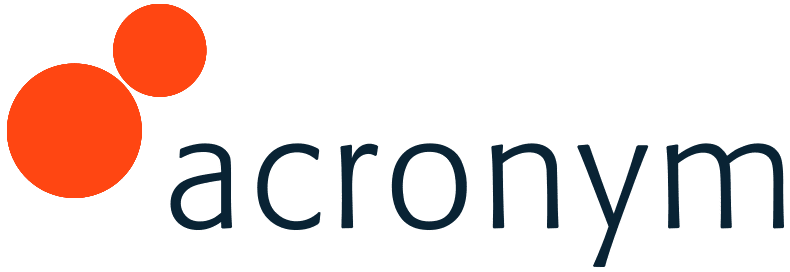By Paul Krellwitz
 Google Panda update 4.2 is the latest version of an algorithm modification that was first introduced back in February 2011. So far, it’s been a pretty long walk for the 4.2 rollout, and the snail-like journey looks like it will continue well into the future.
Google Panda update 4.2 is the latest version of an algorithm modification that was first introduced back in February 2011. So far, it’s been a pretty long walk for the 4.2 rollout, and the snail-like journey looks like it will continue well into the future.
Panda was originally developed to boost good content and downgrade poor quality content in Search Engine Results pages (SERPs). Google stated that Panda would only affect about 2% to 3% of English-language queries.
There have been numerous updates and refreshes to Panda and each time new sites may get impacted. Sites that were previously downgraded may see more positive changes to their ranking if they have made the necessary site changes per Google’s quality guidelines.
Each new update also brings added scrutiny. Overall, the guidance from Acronym remains the same: focus on good quality, original and engaging content matching user intent, and keep an eye on user-generated content (spam, thin content and curation). Panda 4.2 is rolling out very slowly; in fact, it is Google’s slowest rollout ever, taking several months rather than just a few days because of technical reasons. Google also stated that it’s shifting its infrastructure toward more continuous changing and gradual rolling out of Panda, incorporated within the company’s core ranking algorithms, and this is the first step in the new direction.
While it is still too early to tell if your site was impacted, we suggest that you continue to monitor keyword visibility, traffic and conversions before and after, since this update is not fully rolled out. If your site does have a noticeable dip in organic KPIs, make the appropriate changes to your content strategy ASAP, and removing all low quality content from your site.
Biggest Losers
As expected, the update mainly impacts sites that have low quality or thin content. In the loser list you will find a strong number of aggregators who mainly ranked with information from external sources: for example, in the areas of Coupons, News (here especially the celebrity/ gossip sector) and Software and, naturally, price comparison websites. Also, some forums and weather portals are on the list. Among the top losers are Ask.com, Ebay.com, Biography.com and Retailmenot.com.
Biggest Winners
As with all algorithm updates, there are also those who win and gain rankings. The big winners were glassdoor.com, emedicinehealth.com, medterms.com, yourdictionary.com and shopstyle.com.
Shortly after the update was announced, Google published detailed instructions on how to build high-quality websites. This serves as a best practices guideline for publishing content and building your website.
There are three main things that all brands must consider:
Quality Content:
- Google is always looking for the best, most precise, quality content to present to users. The company invests a lot of money and effort in picking the best page that will “answer” exactly what the user is searching for. There is no space for thin and unrelated content in the SERPs anymore, and Google will continue pushing updates to rid the SERPs of spam.
- Continue to create high-quality, unique content to keep the end user engaged. Always optimize the content for user intent.
User experience/engagement:
- Proper website design and interface layouts are more important than ever, as user engagement and time spent on-page are now determining rank factors.
- User experience has become very important for Google. Google is evaluating the website content from a user perspective to see if it promotes a positive user experience
- The content should be useful for the end user. There is no value for content that is created exclusively for SEO purposes that does not meet the needs of end users.
- Optimize around usage metrics such as time-spent on-page, bounce rates and click-through-rates from the SERPs.
Social engagement:
- The content should be engaging and encourage users to share the content via social media
- The website should be coded with social media tags (Open Graph, Twitter card, schema markup) to properly display the right content when shared.
- Updates to rid the SERPs of spam.
- Continue to create high-quality, unique content to keep the end user engaged. Always optimize the content for user intent.
User experience/engagement:
- Proper website design and interface layouts are more important than ever, as user engagement and time spent on-page are now determining rank factors.
- User experience has become very important for Google. Google is evaluating the website content from a user perspective to see if it promotes a positive user experience
- The content should be useful for the end user. There is no value for content that is created exclusively for SEO purposes that does not meet the needs of end users.
- Optimize around usage metrics such as time-spent on-page, bounce rates and click-through-rates from the SERPs.
Social engagement:
- The content should be engaging and encourage users to share the content via social media
- The website should be coded with social media tags (Open Graph, Twitter card, schema markup) to properly display the right content when shared.
References:
http://googlewebmastercentral.blogspot.com/2011/05/more-guidance-on-building-high-quality.htmlhttp://searchengineland.com/google-panda-4-2-faqs-we-interviewed-google-on-the-latest-panda-update-227065








